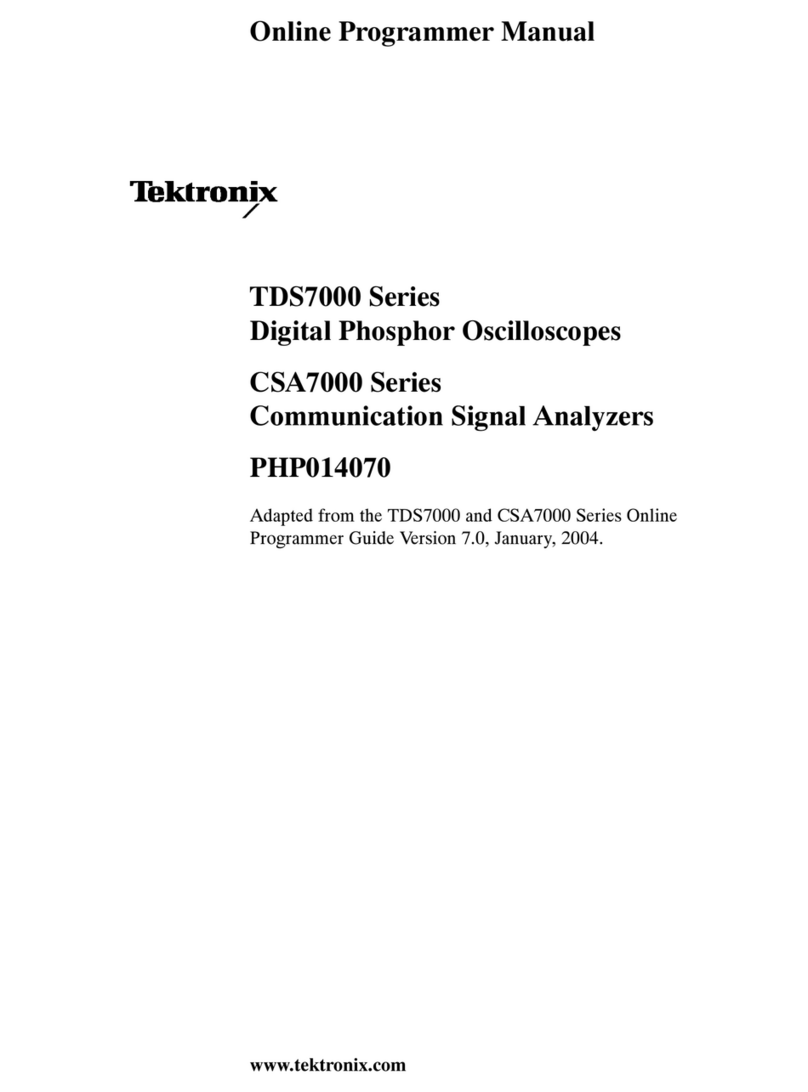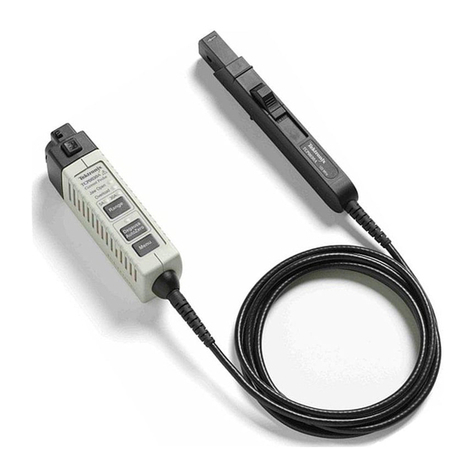
Table of Contents
TMSST2 LGA771, LGA775, and PGA604 Socket Support i
Table of Contents
General Safety Summary iii.....................................................................
Service Safety Summary v.....................................................................
Environmental Considerations vi..................................................................
Preface vii..................................................................................
Conventions Used in this Manual vii............................................................
Manual Terms vii..........................................................................
Getting Started 1............................................................................
Logic Analyzer Configuration 1...............................................................
Connect the P6860 Probes and TMSCAB1 Cables 2...............................................
Configure the Preprocessor Unit 3............................................................
Connect the Probe Head to the DUT 7.........................................................
Applying and Removing Power 12.............................................................
Replaceable Parts List 13...................................................................
Installing the Software 13....................................................................
Support Package Setup 14...............................................................
Reference 15...............................................................................
Circuit Description 15.......................................................................
Accessories 16...........................................................................
Standard Accessory 16..................................................................
Optional Accessories 16.................................................................
TMSCAB1 Labels 17.......................................................................
Probe Adapter Notes 18.....................................................................
Probe Adapter Notes 18.................................................................
Maintenance 19..............................................................................
Storage 20..............................................................................
Shipping the Probe Head 22..................................................................
Specifications 23.............................................................................
Reference Voltage 23......................................................................
AC/DC Signaling 25.......................................................................
Strobe Signals 26.........................................................................
Latched Signals 27........................................................................
Certifications and Compliances 30.............................................................
Loading Diagrams 31......................................................................
Design Review Checklists 35.................................................................






























